The interior overall is a plush highlight, in fact, if also an indication that the Z4 remains more of a versatile, grand tourer-type roadster rather than a committed sports car. BMW could have done more to make the dashboard follow elegantly the contours of its new trapezoidal digital instruments, but the general layout is neat, purposeful and reassuring, with a level of perceived quality that makes you wonder whether BMW has out-Audi’d the Audi TT this time round.
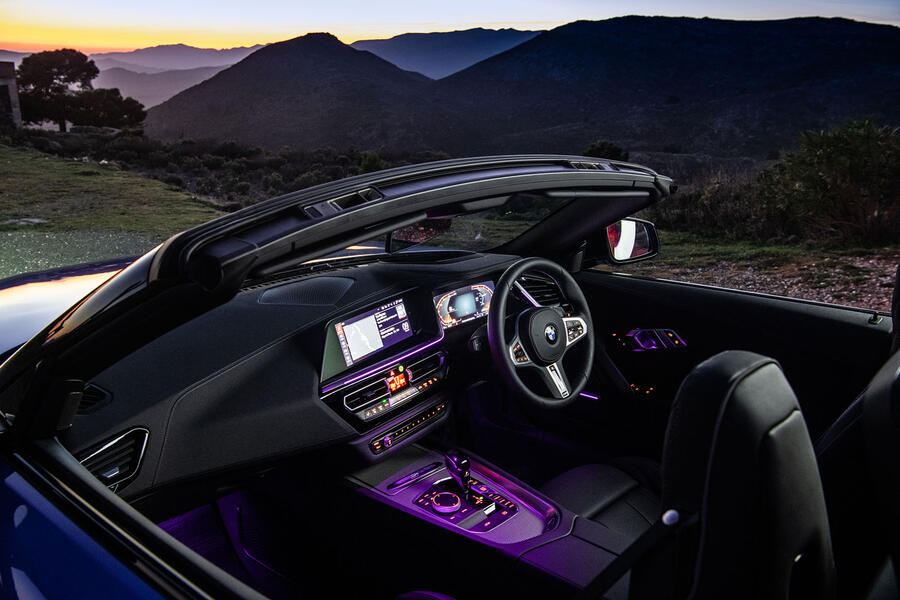
You might be surprised to learn the sDrive20i doesn’t return the favour and comprehensively out-BMW the TT when you throw at set of corners its way, however. Not in the Sport specification of our test car, at least, which was equipped with the standard passive suspension set-up rather than the firmer M Sport alternative (also passive) that most buyers will specify. These photos show an M Sport model, note, in fetching Misano Blue. BMW didn't provide photos of the Sport, despite there being no M Sport for us to test.
The first reason for this potential upset is that the TT, while still not what you’d call dynamically expressive, is now a fine-handling device if steering precision and body control are your parameters. If you can find one equipped with wheels that don’t mimic Saturn’s rings, it also rides with decent composure, too. The Z4’s fiercest rival is better than it has ever been, in short, even if Audi is mulling whether to kill it after this generation.
The second reason is that the Z4's standard Sport suspension is better tuned for effortless motorway loping and gently flowing A-roads – environments in which the car performs very well, perhaps better than any other comparable car. Get too enthusiastic on smaller roads and it needs several attempts to get its body back under control after fast compressions and crests. Curt direction changes can also set the body fall a step behind the steering, which is trait exacerbated by the fact this eletromechanical rack is lazily geared just off-centre for relaxed cruising but markedly quickens thereafter. The result is that, just when the Mazda MX-5 and 718 Boxster start to get playful, the sDrive20i begins to get a bit twitchy and feels every kilo its 1405kg kerb weight.
Back off a touch and the car reverts to its conspicuously well balanced comfort zone. It's nicely responsive to a lift off the throttle mid-corner to tighten the line, but in light of such good tyres, power oversteer is asking a bit much of this engine. The sDrive30i will be more theatrical, and unlike the sDrive20i can be had with M's active differential (both models get an open rear differential as standard) if ordered with the M Sport Plus pack.
But the fact the Z4's chassis prefers a lighter touch plays into the hands of the entry-level 2.0-litre engine. What it lacks in outright firepower, it makes up for in easygoing breadth, with only a 300rpm dint between 1450rpm and 6500rpm when neither all 236lb ft nor all 194bhp isn’t available. It can’t match the 7000rpm redline of the straight-six in the M40i and, being undersquare in its design, doesn’t spin out quite as sweetly as some other four-cylinder engines, but it is quick to respond to the throttle and decently economical. Reckon on 45mpg at a cruise and so an impressive touring range of around 500 miles.

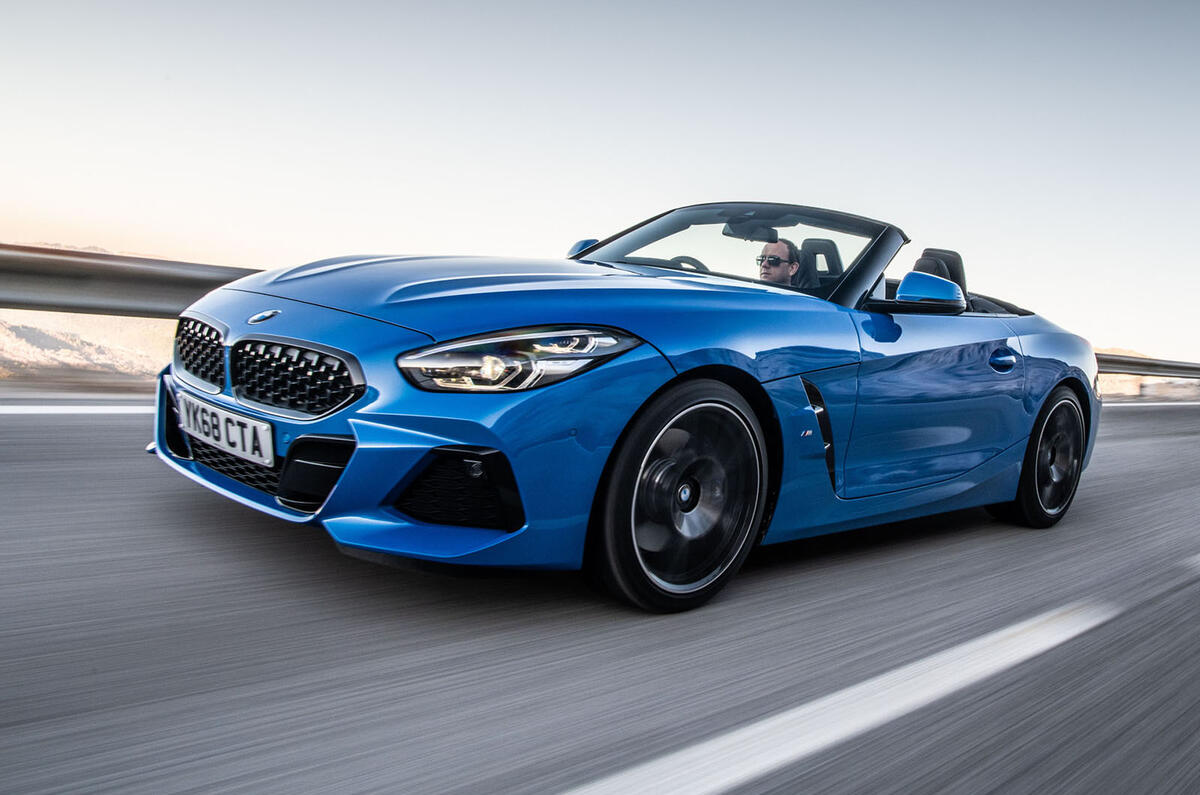
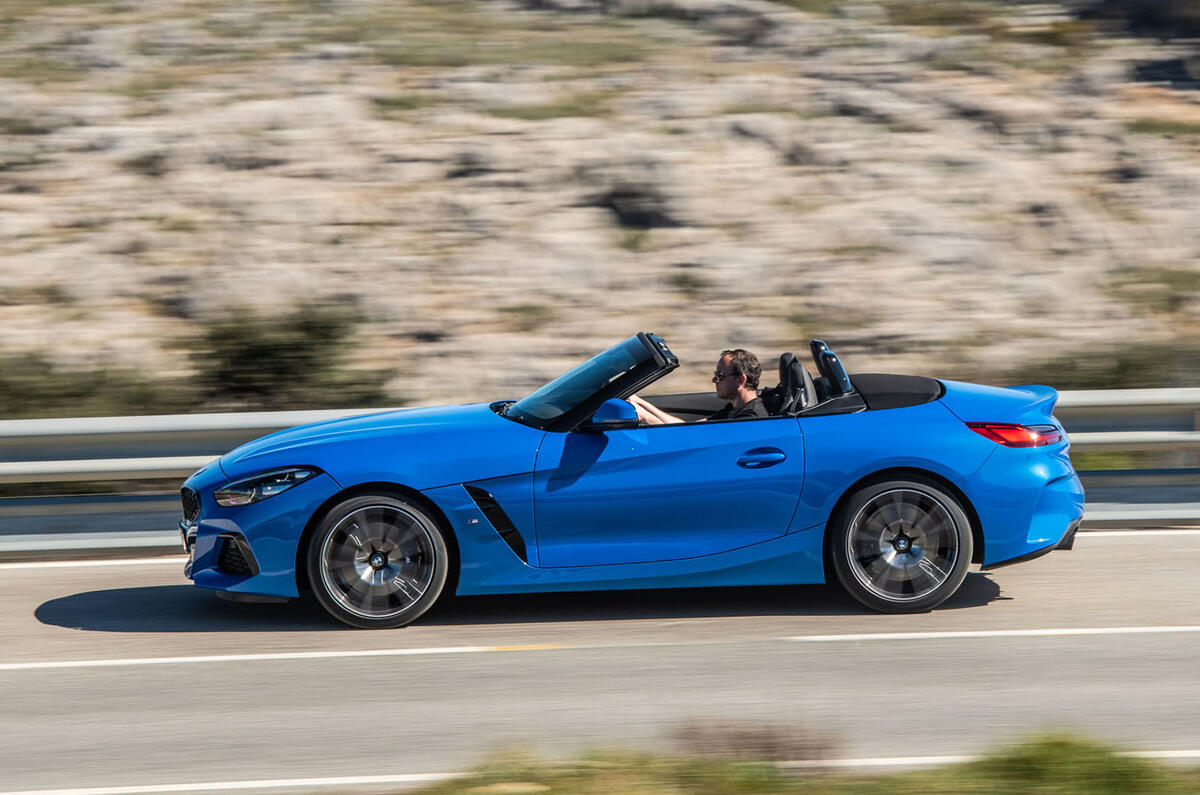
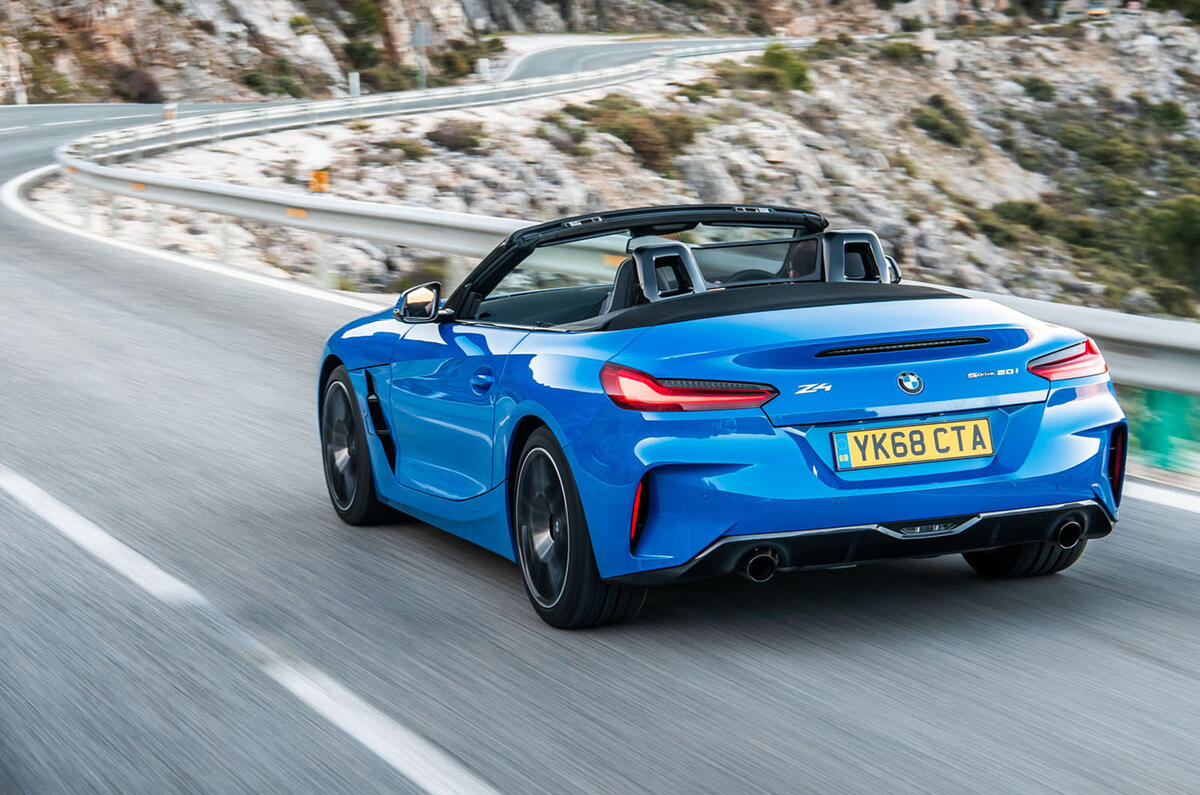
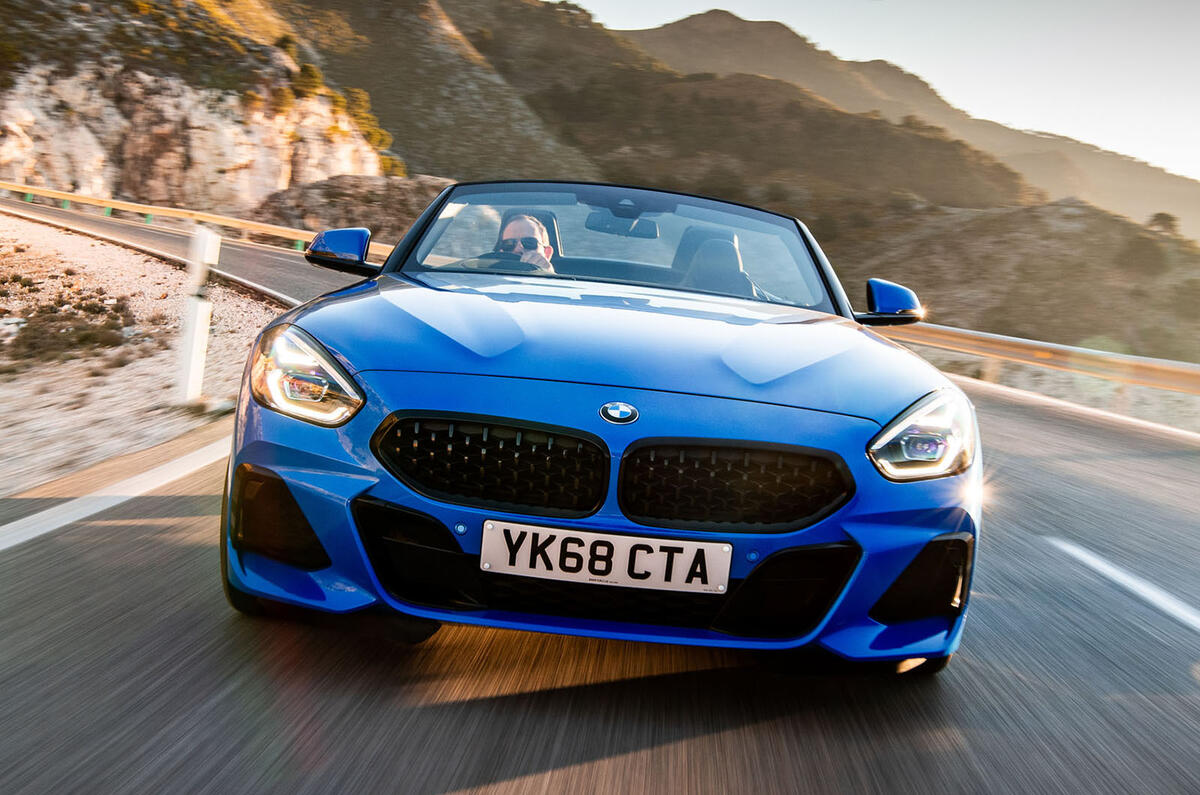
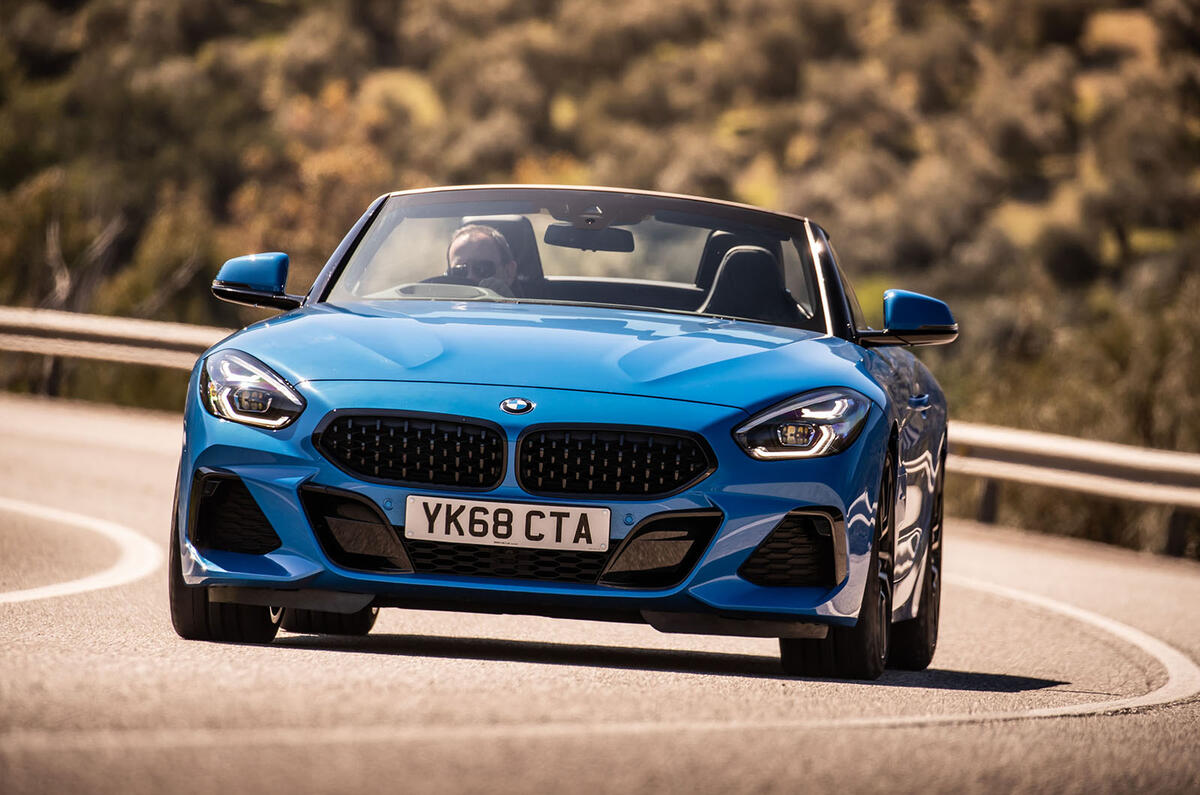
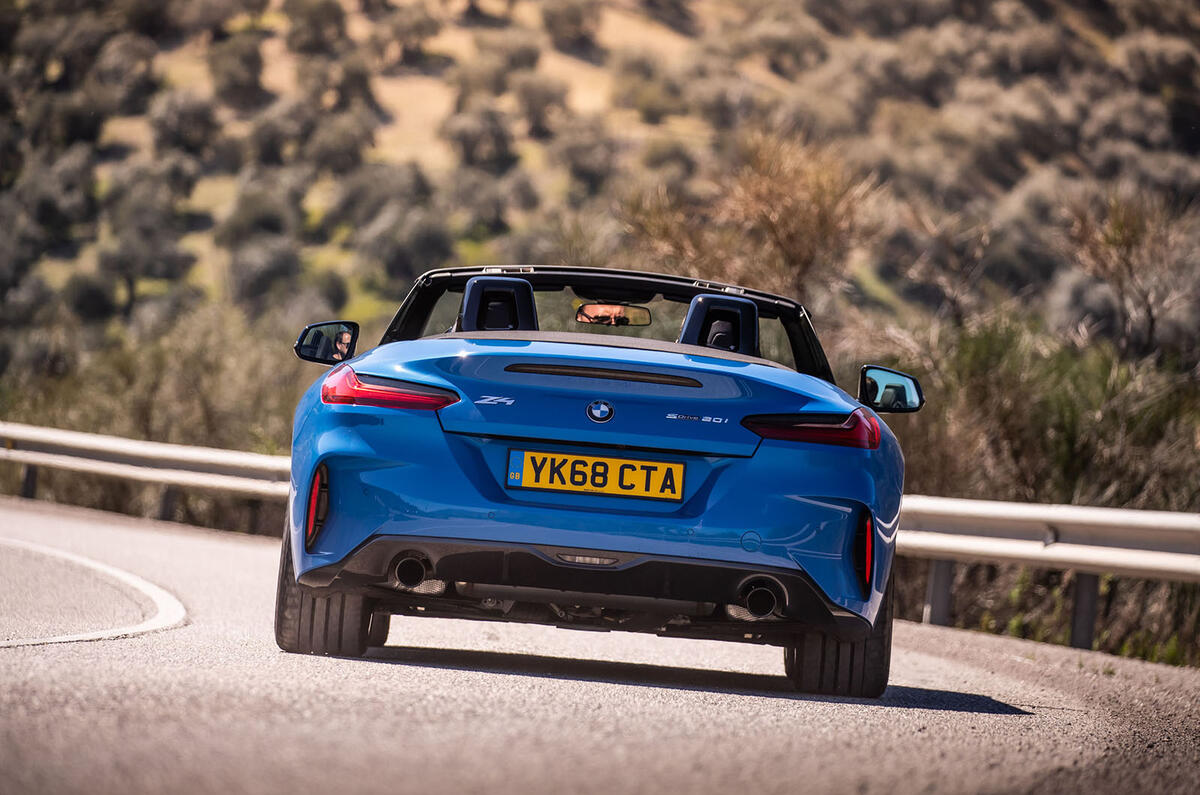
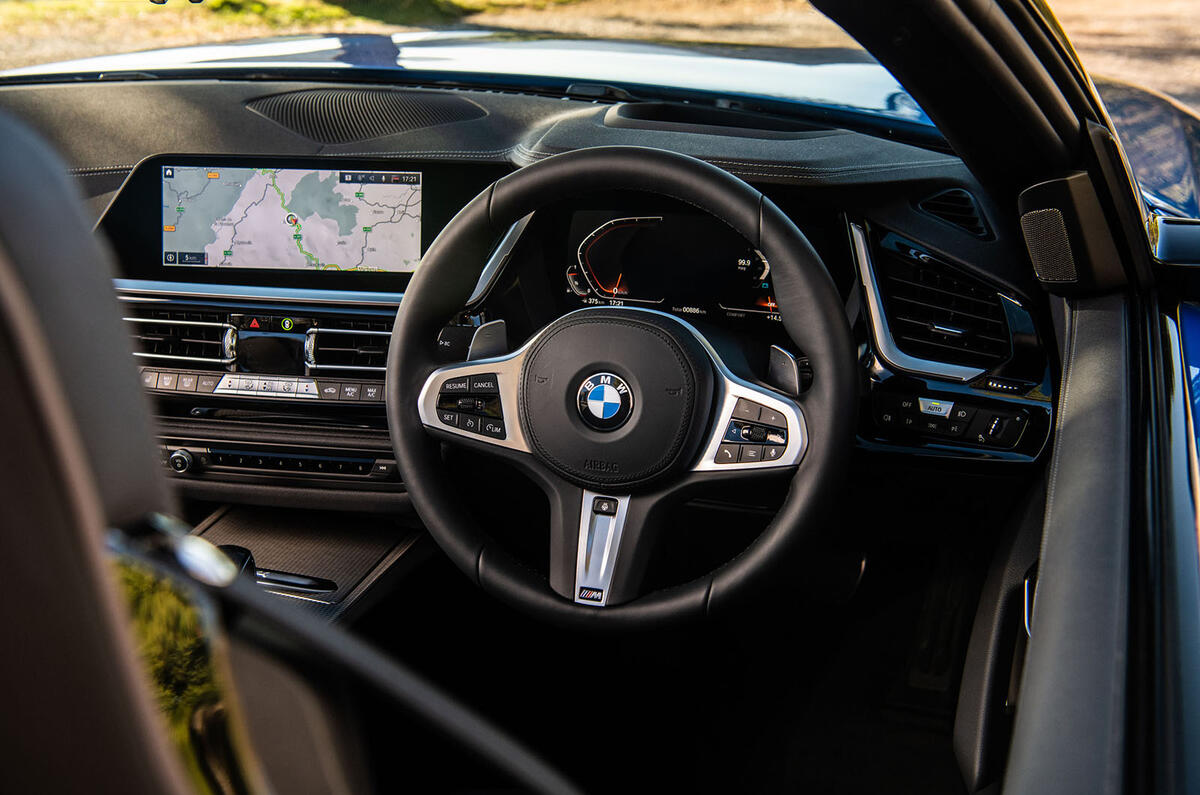
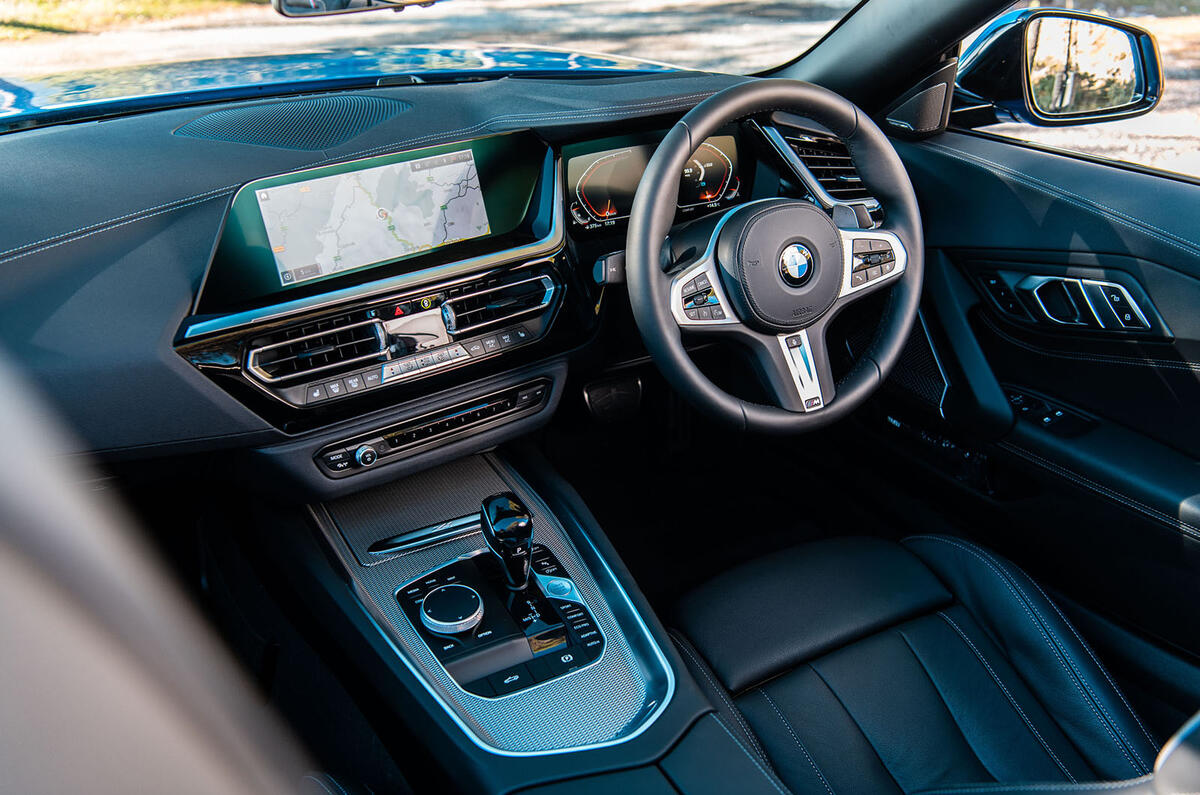
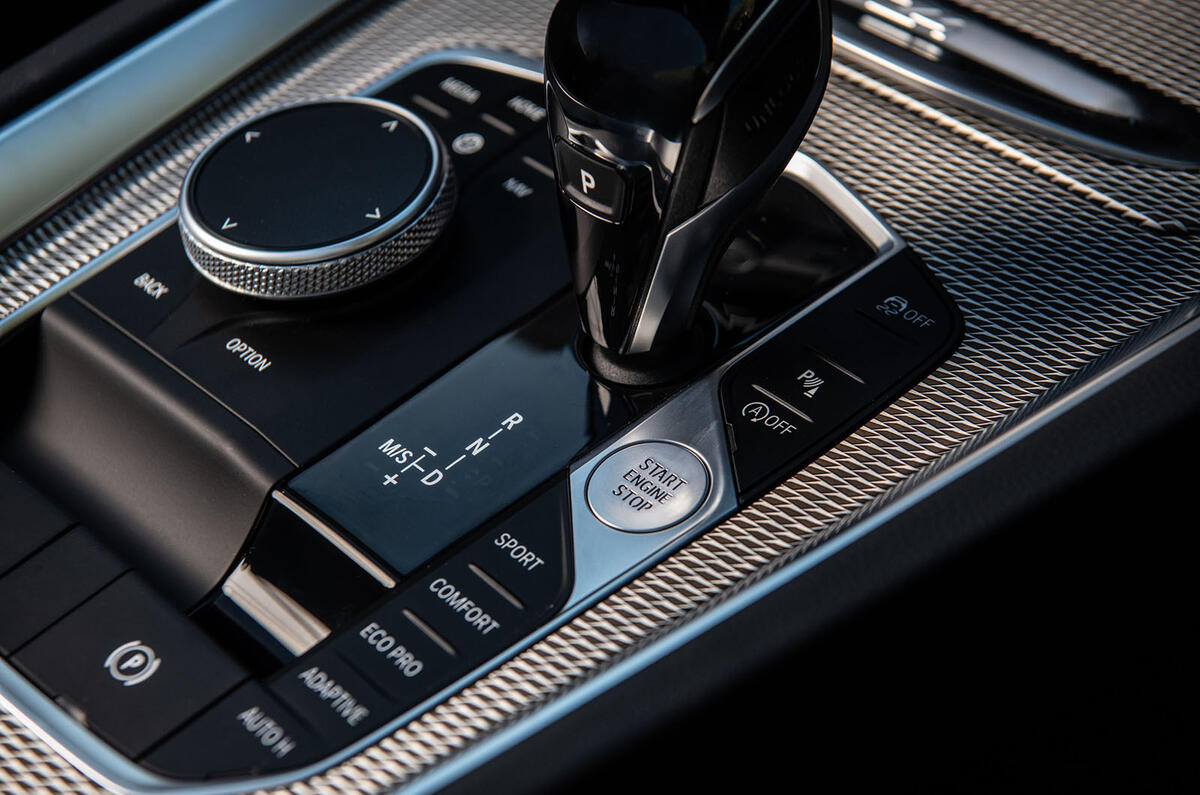

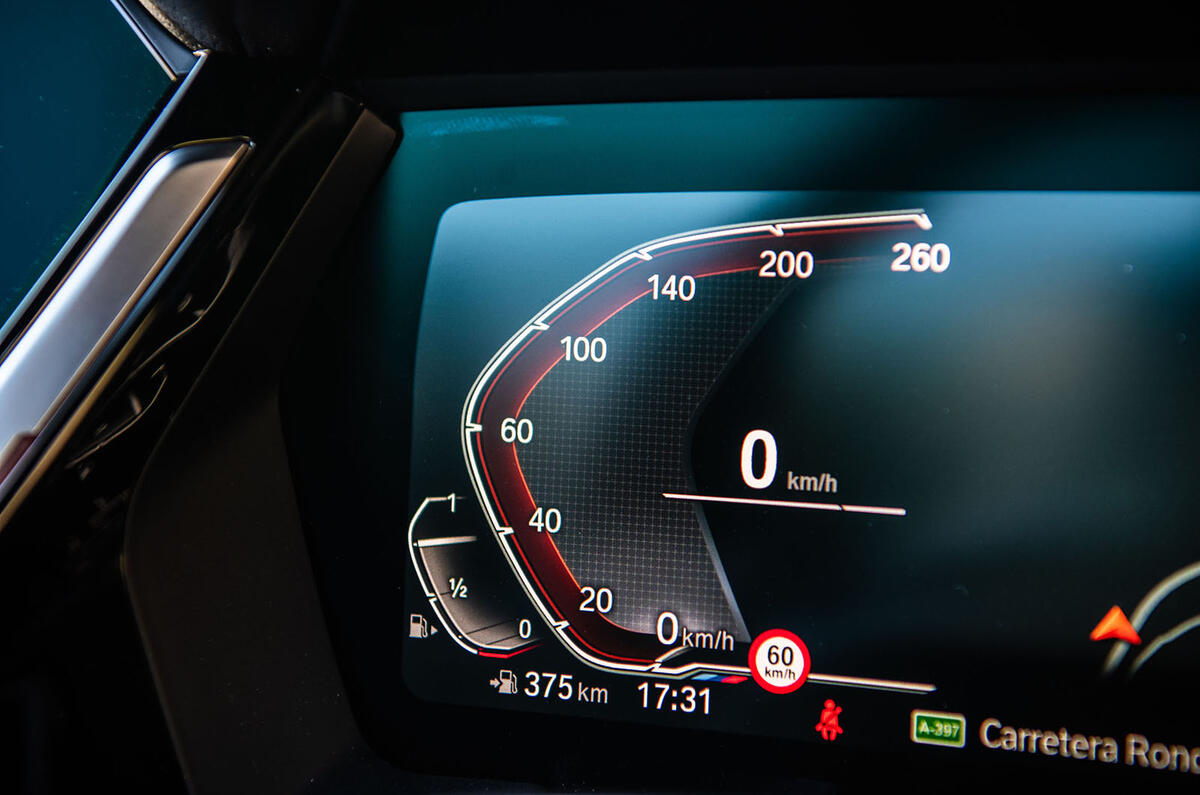
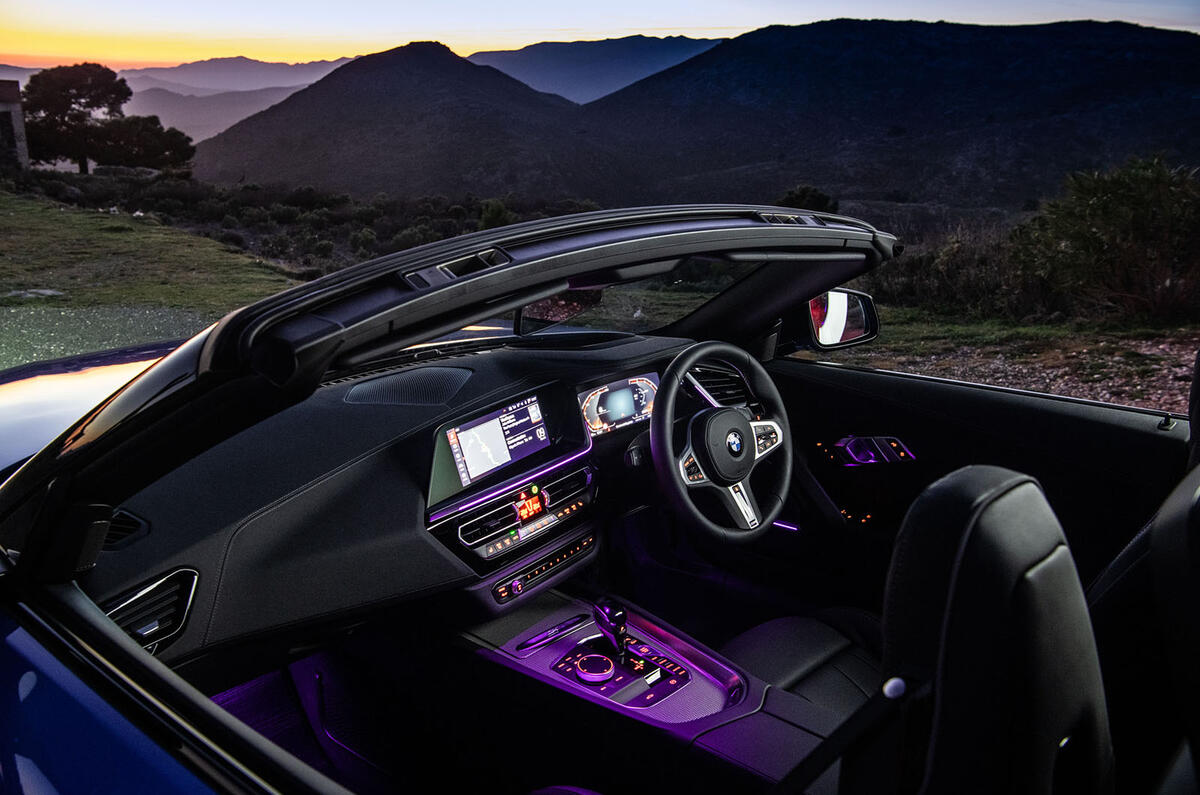
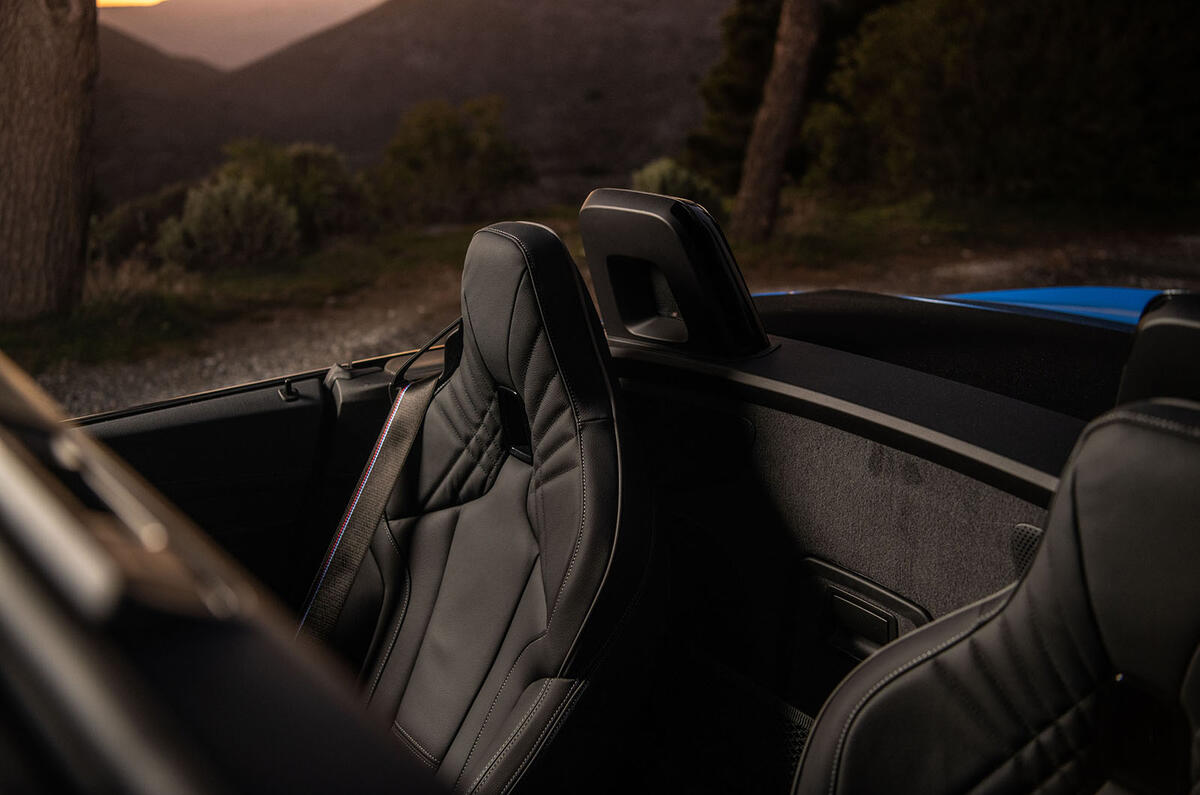
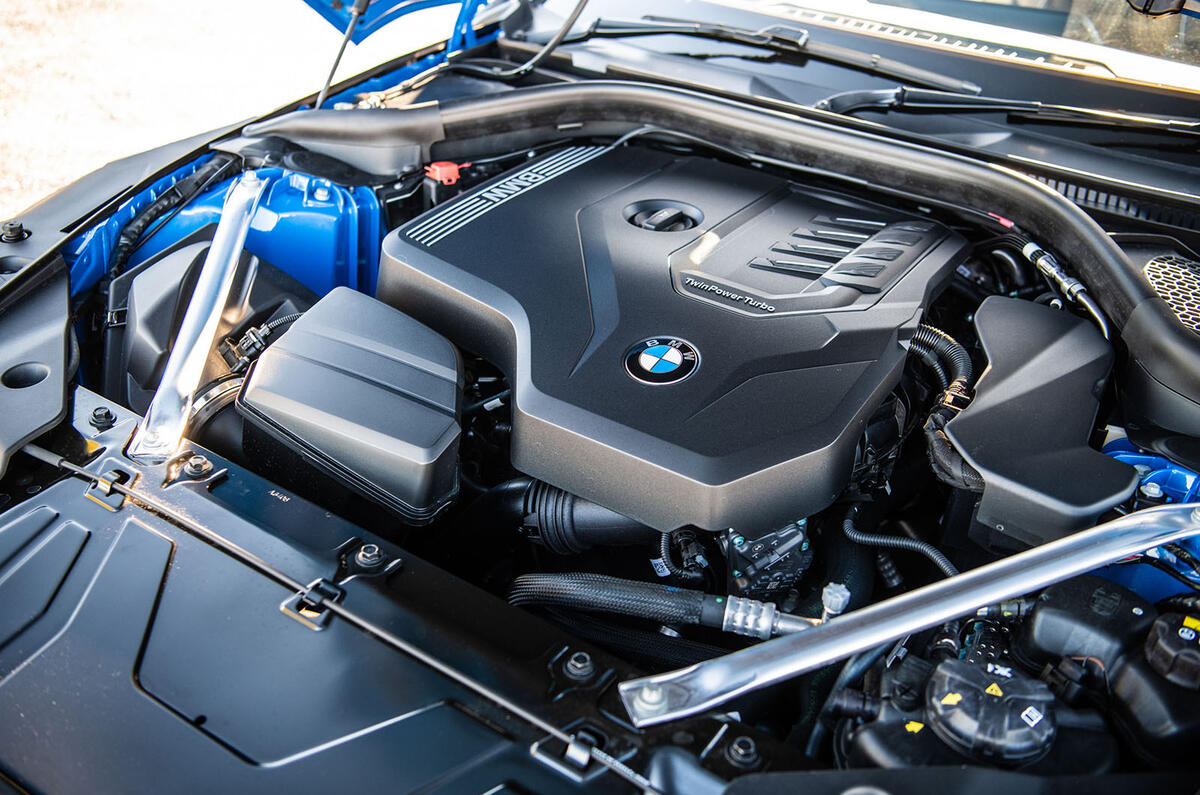
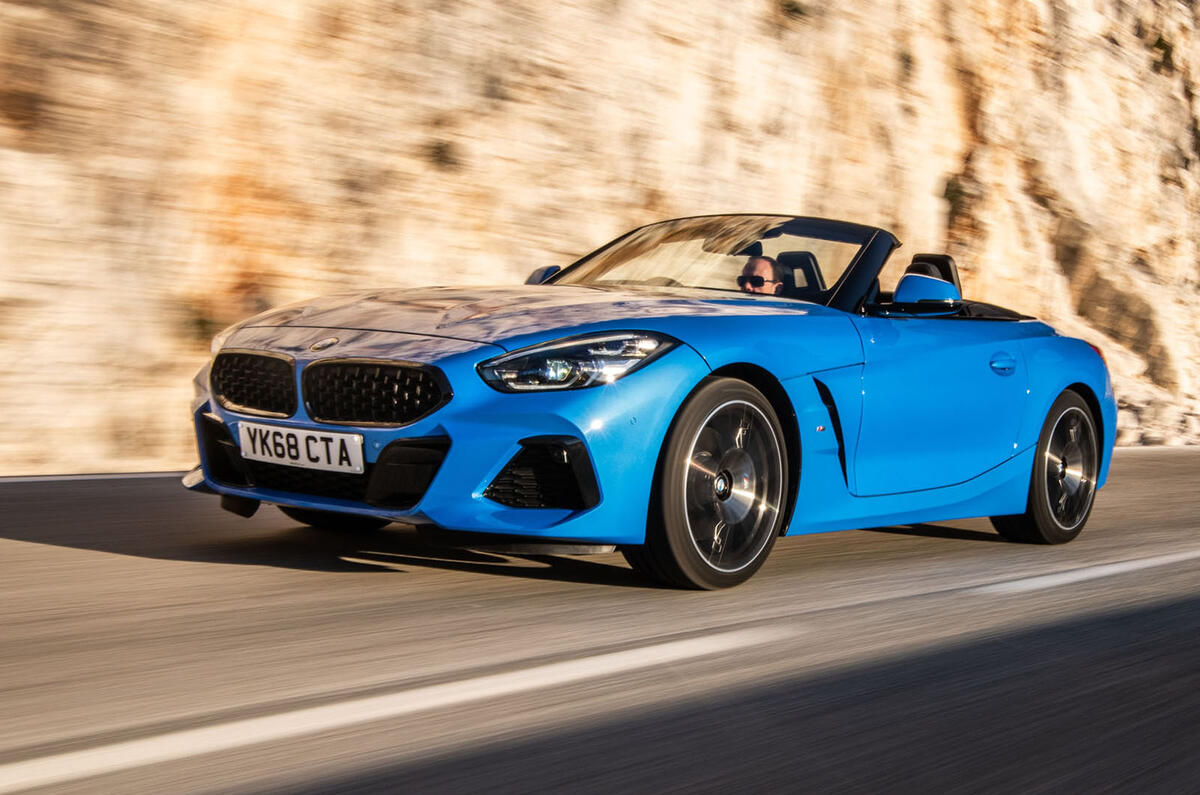
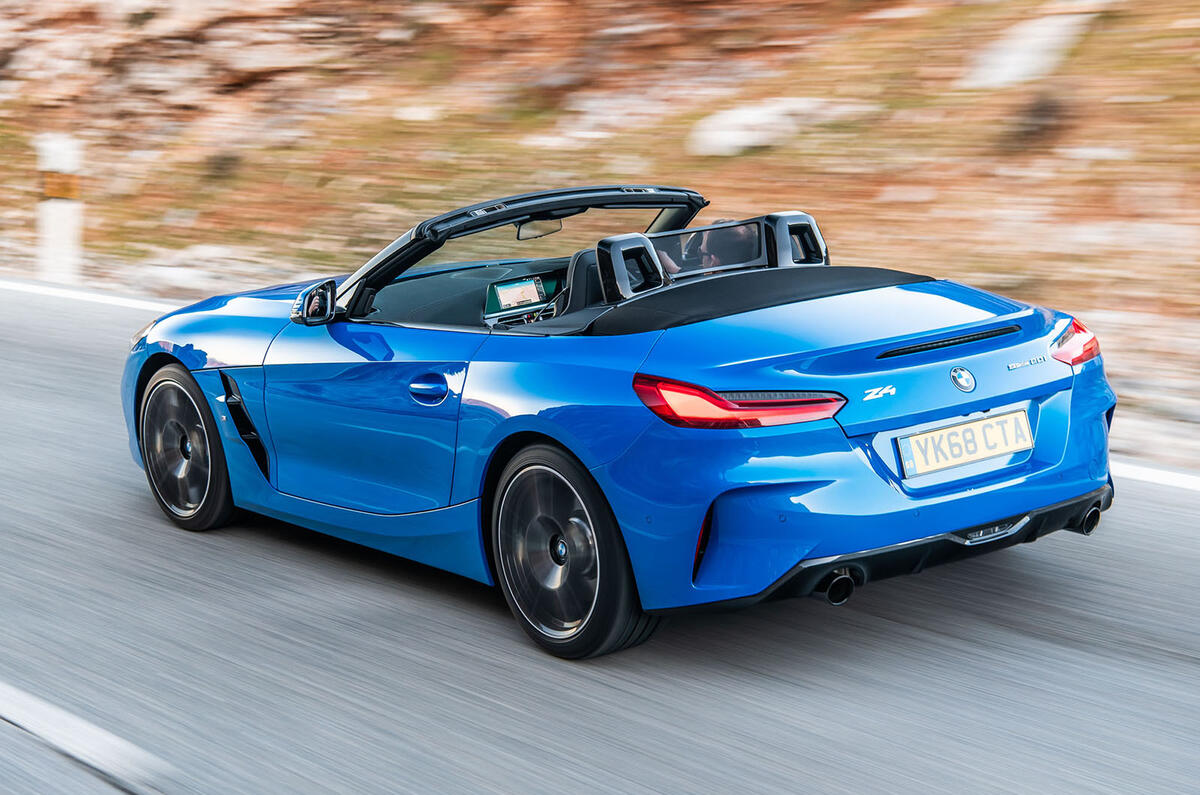
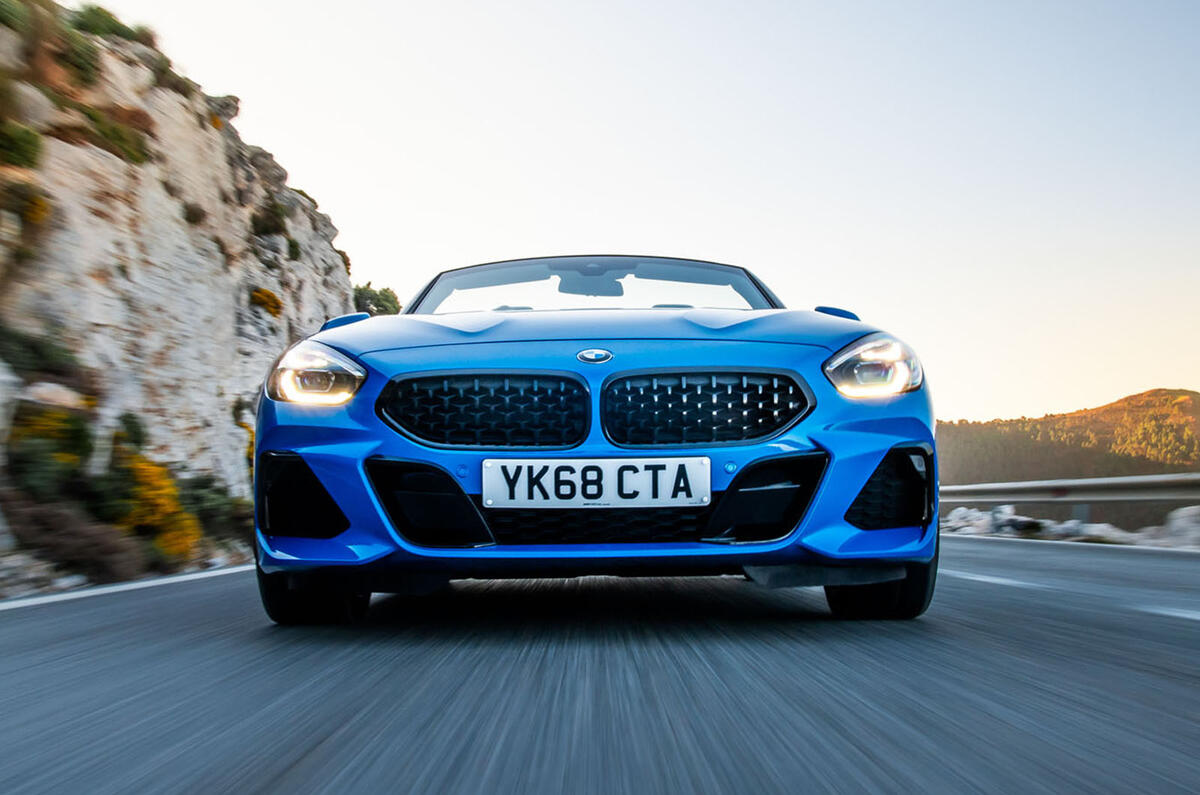
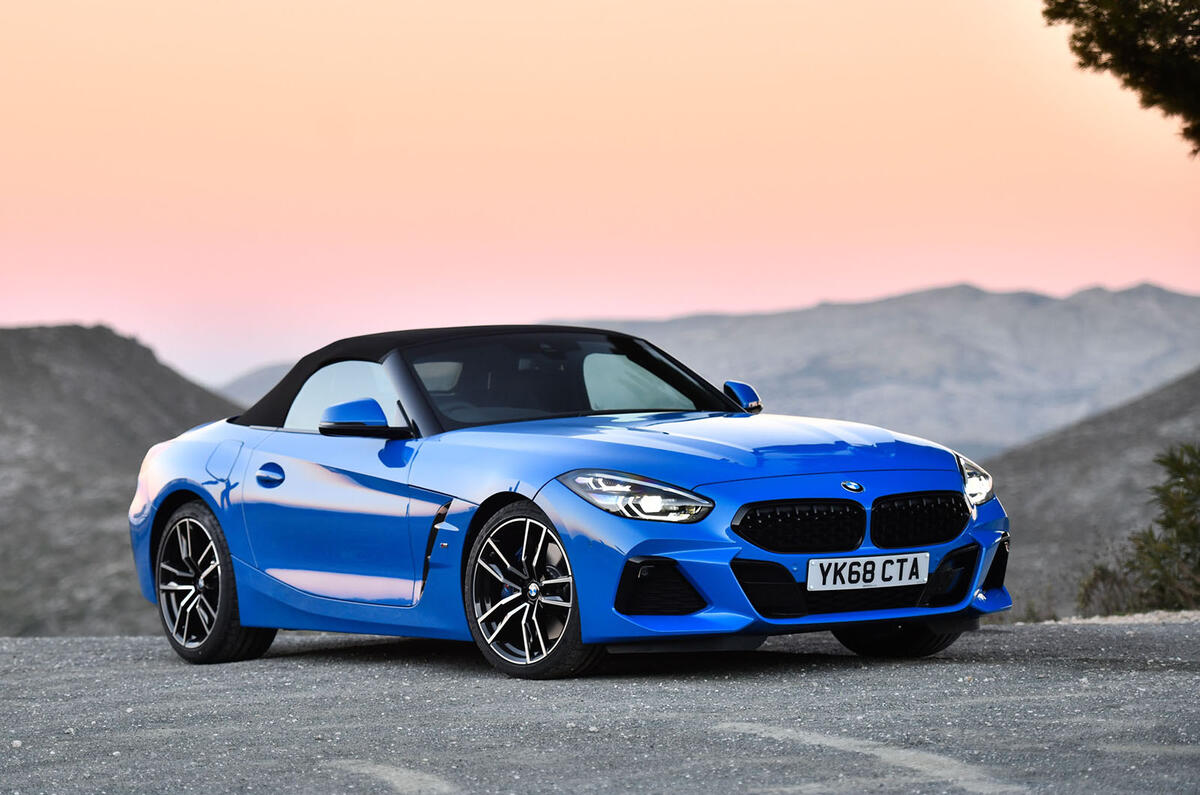
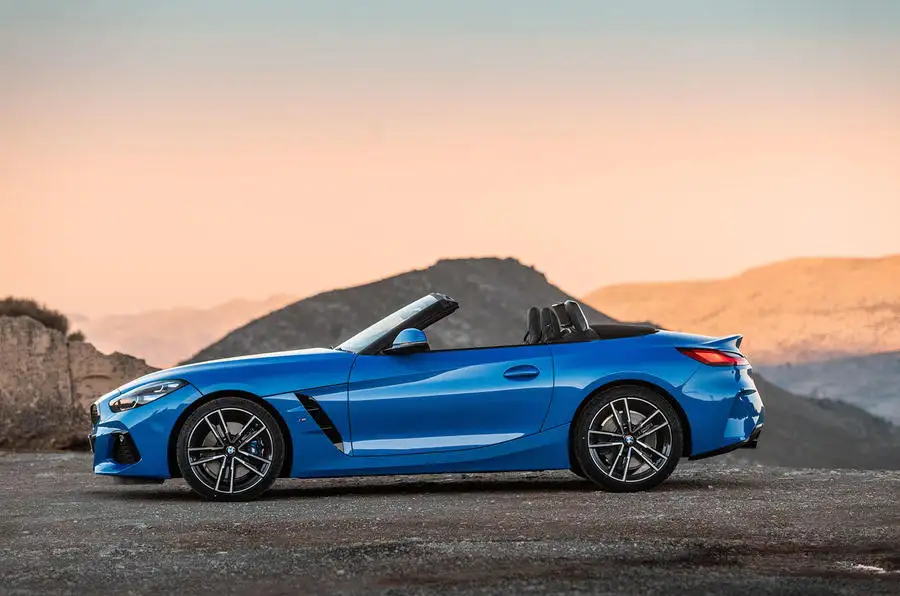
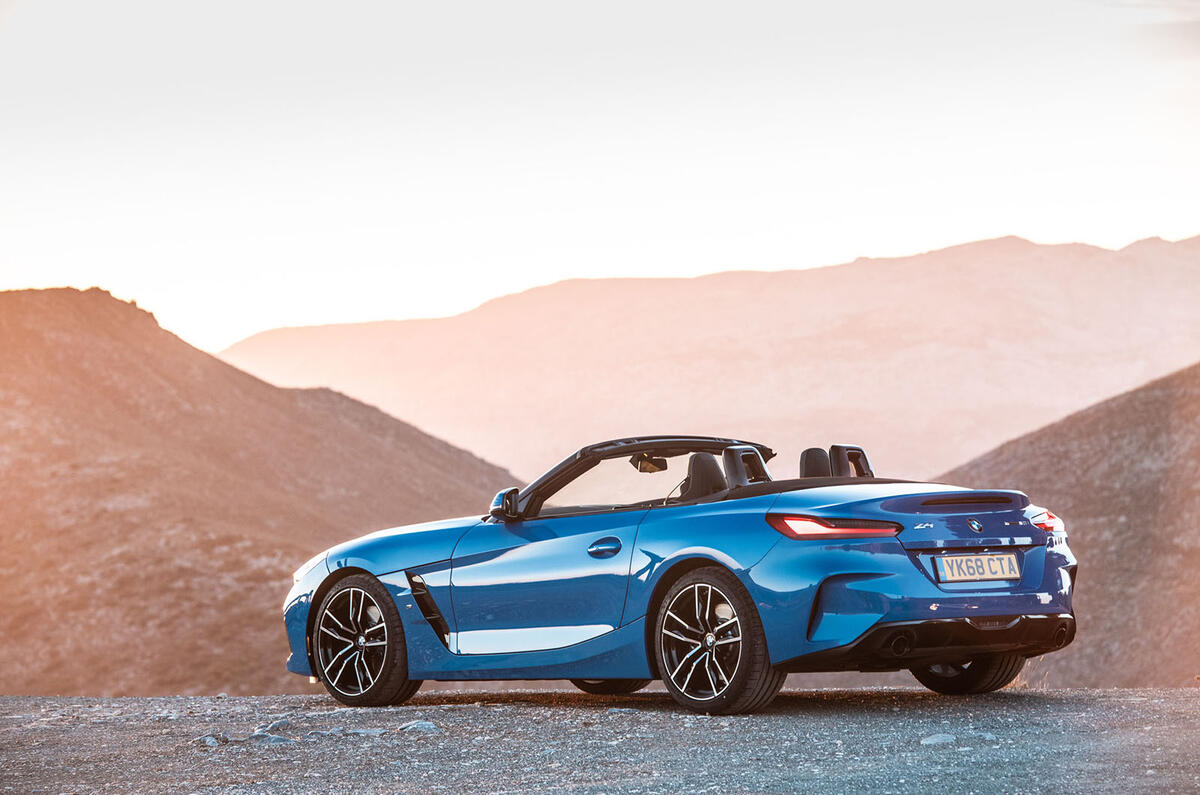
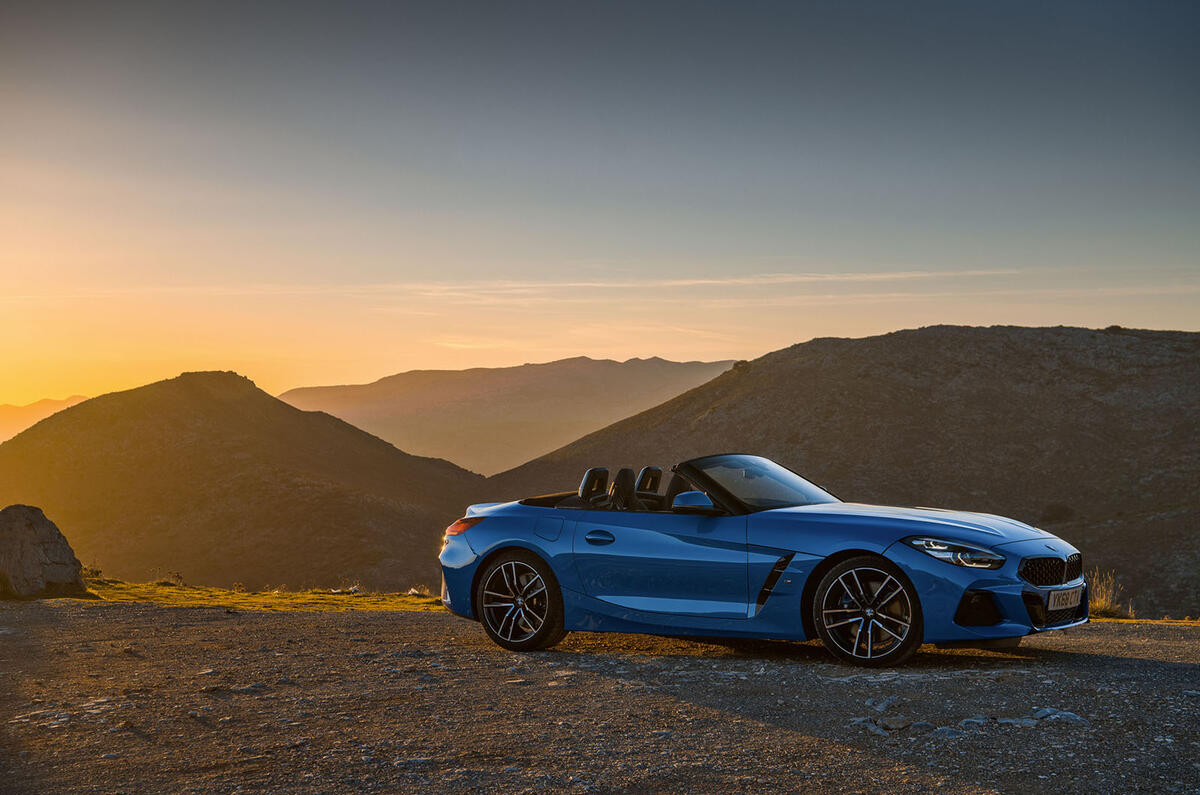
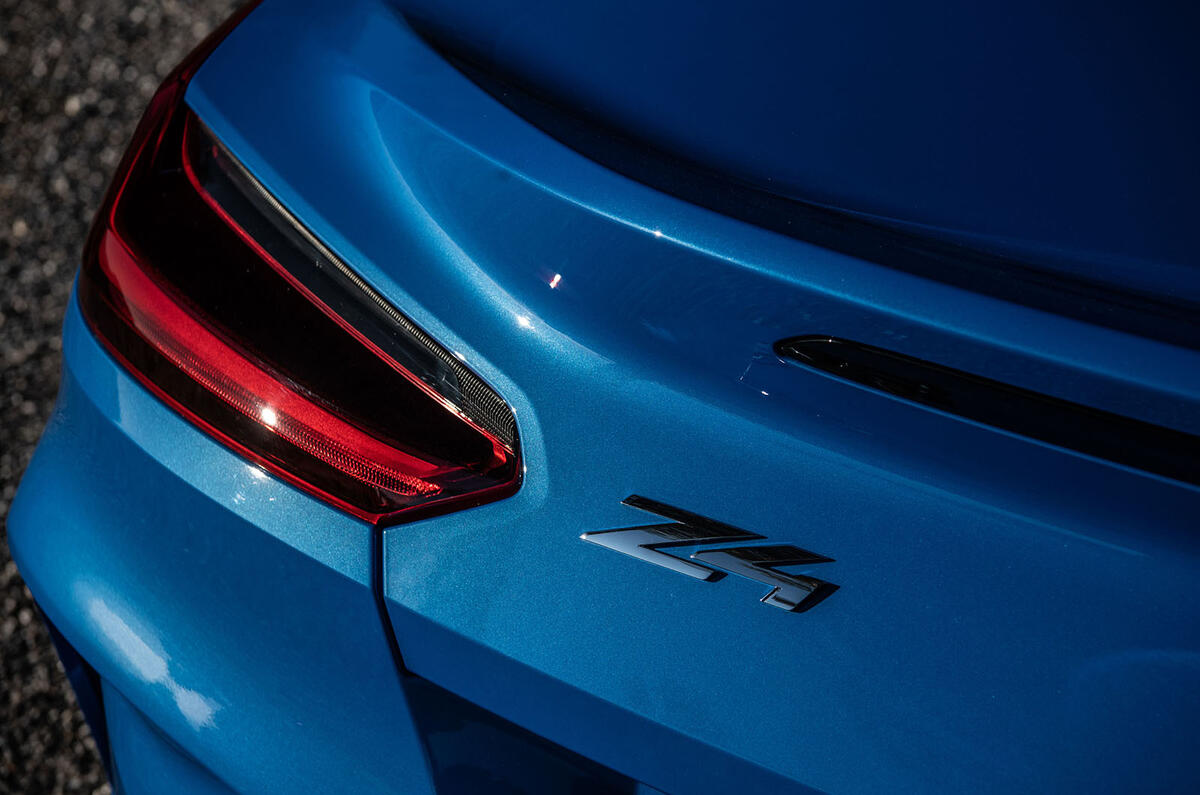
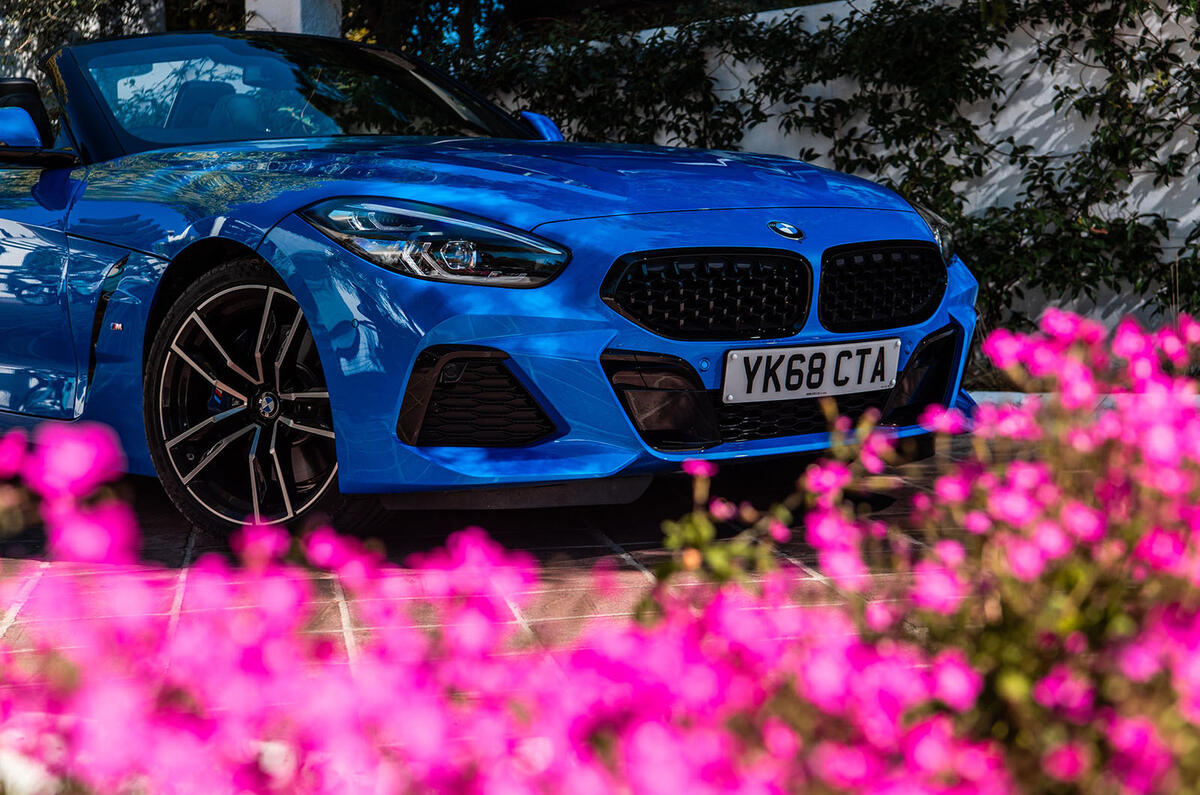
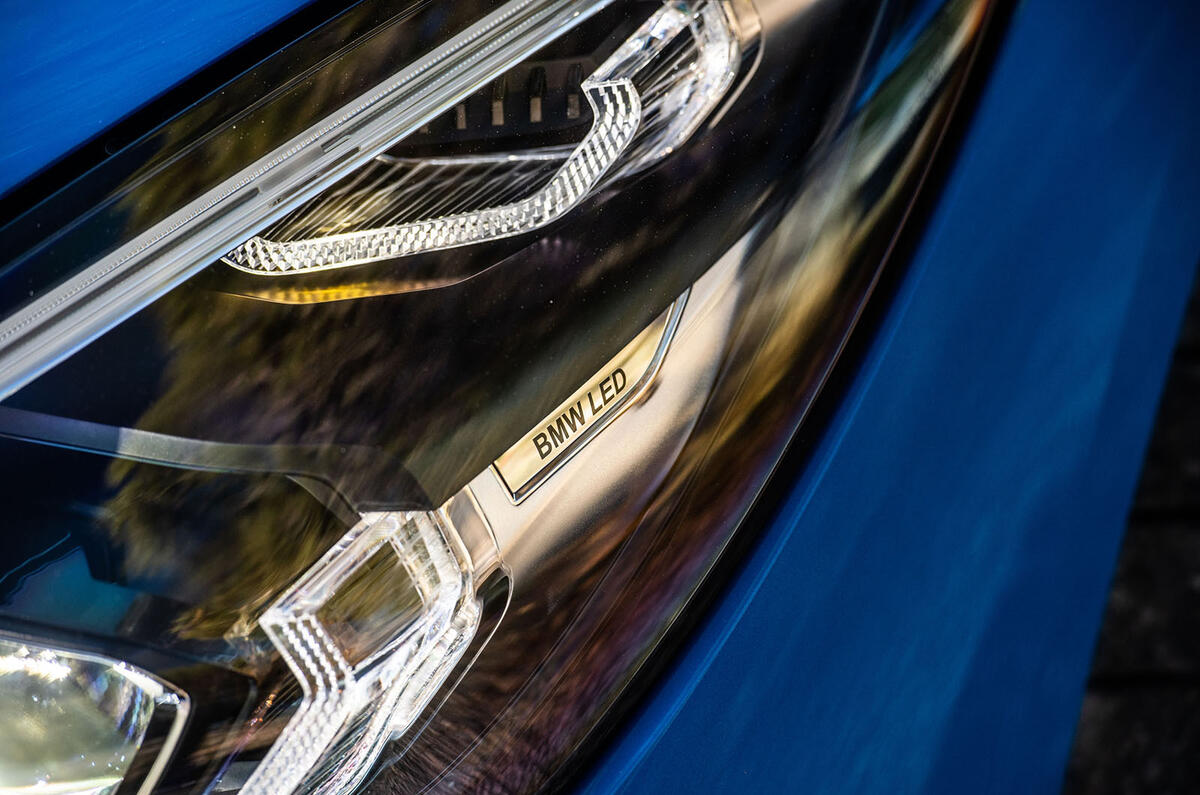
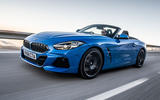
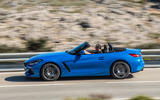
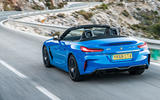
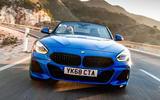
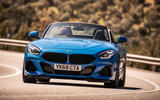
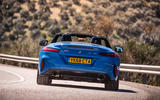
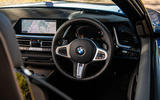
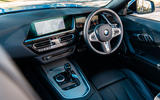
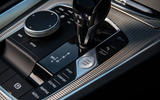
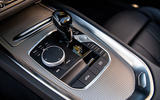
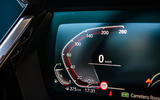
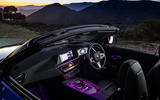

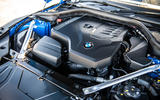
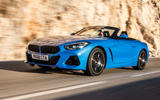
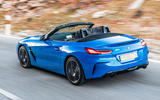
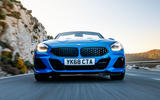
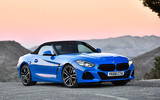
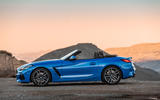

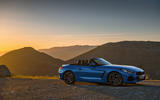
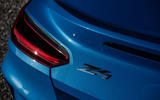

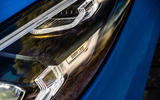
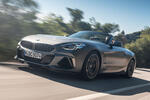
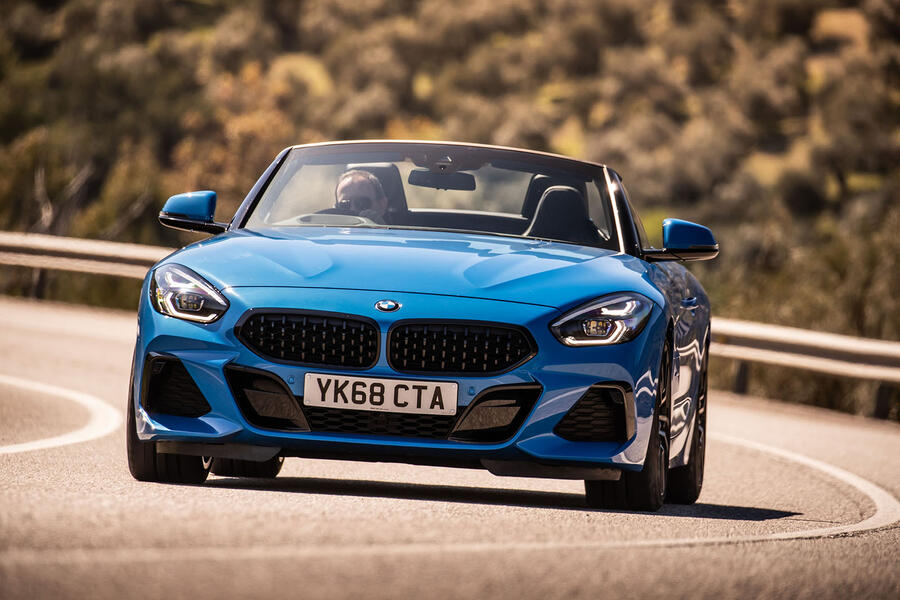
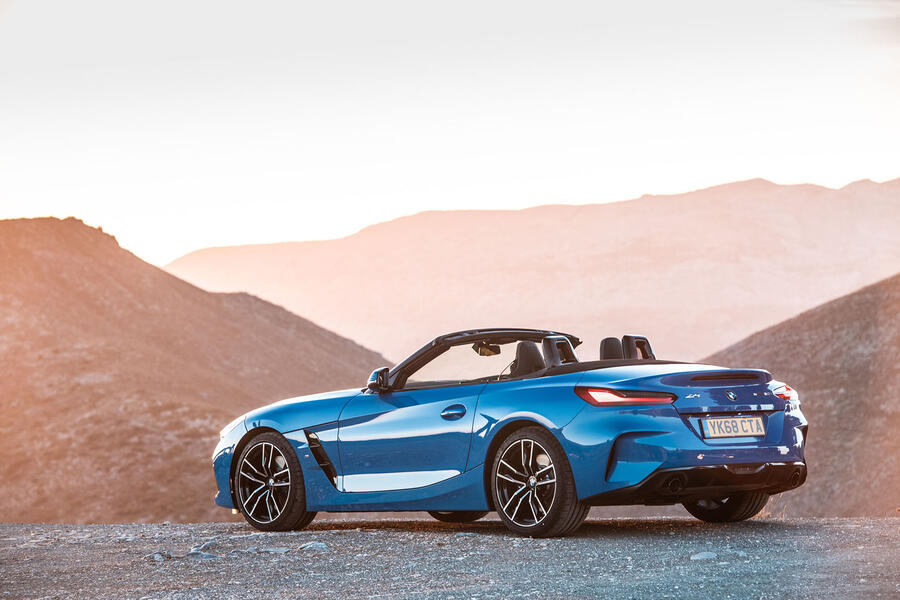

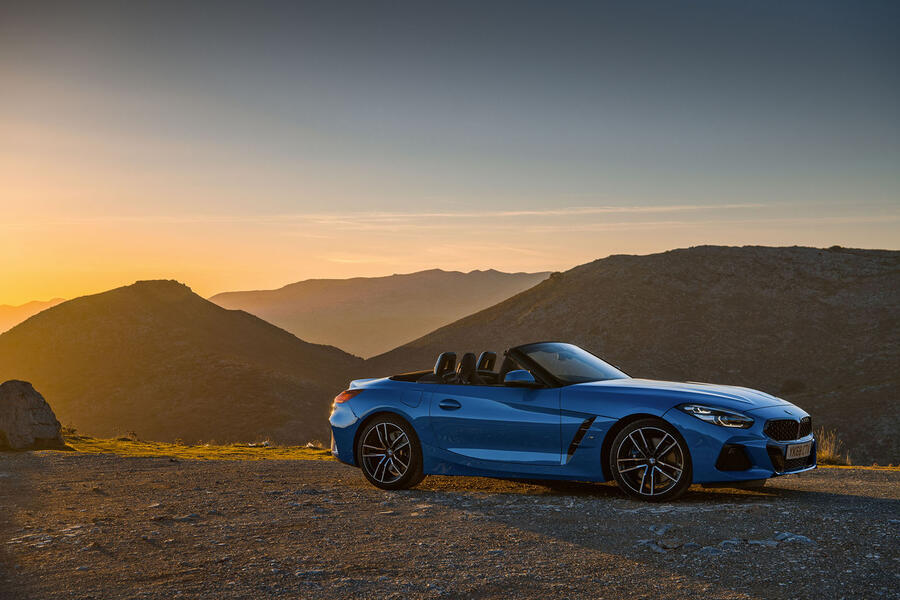
Add your comment